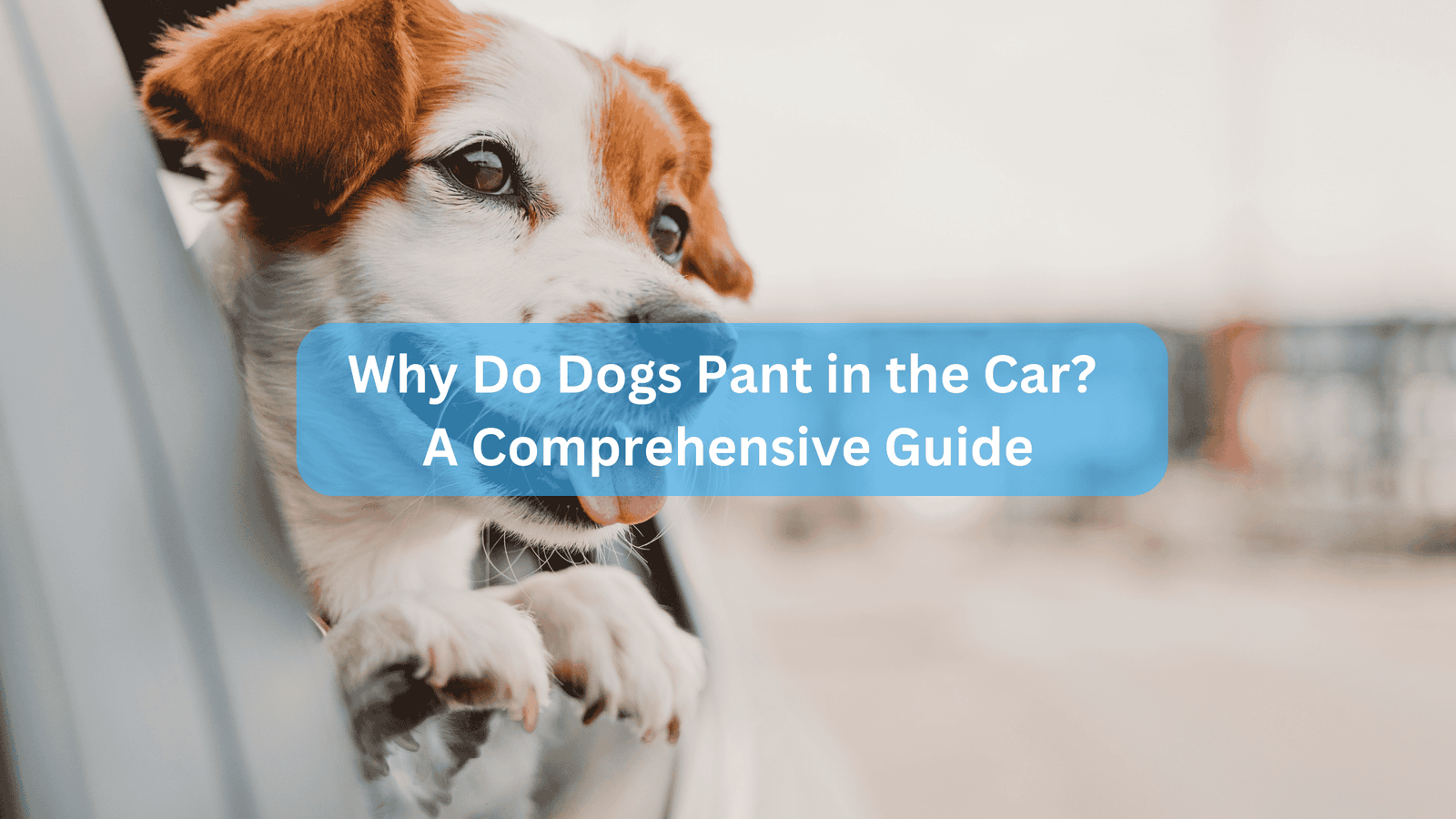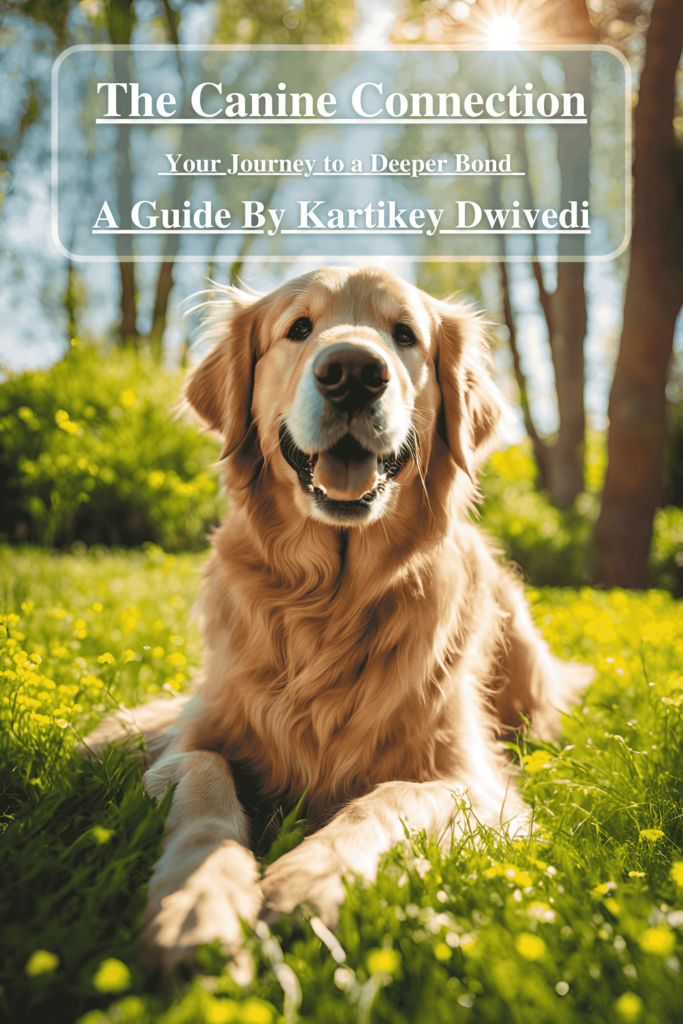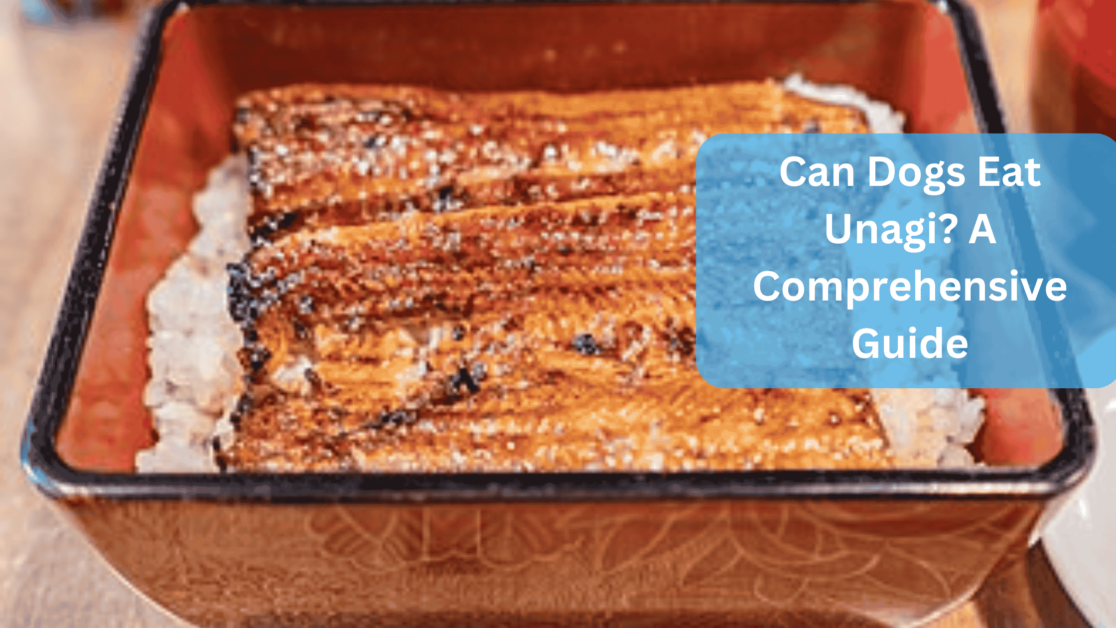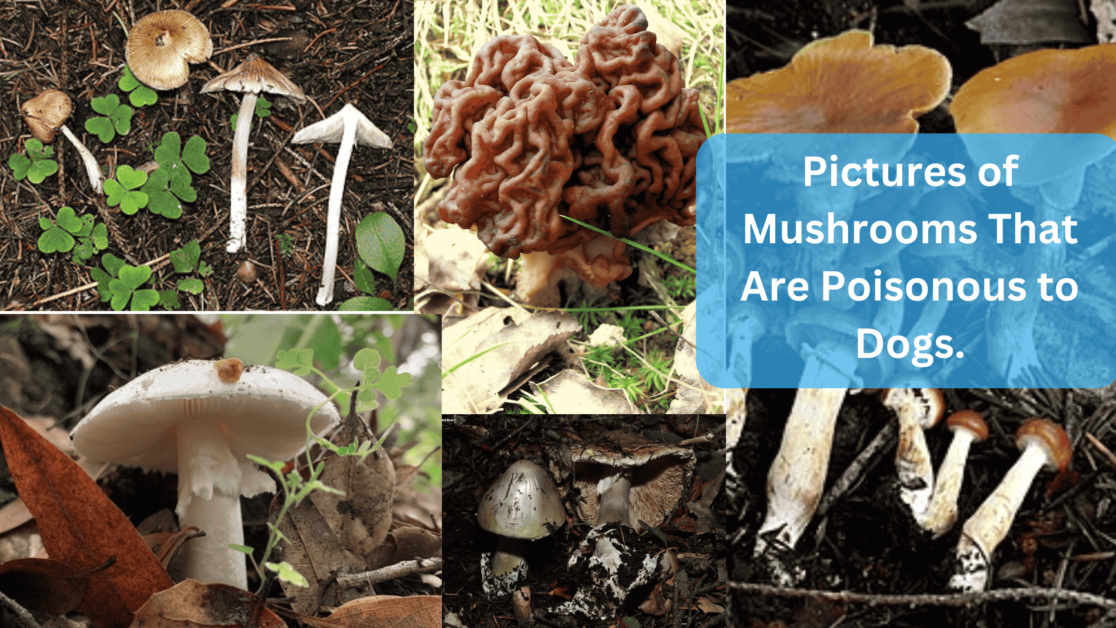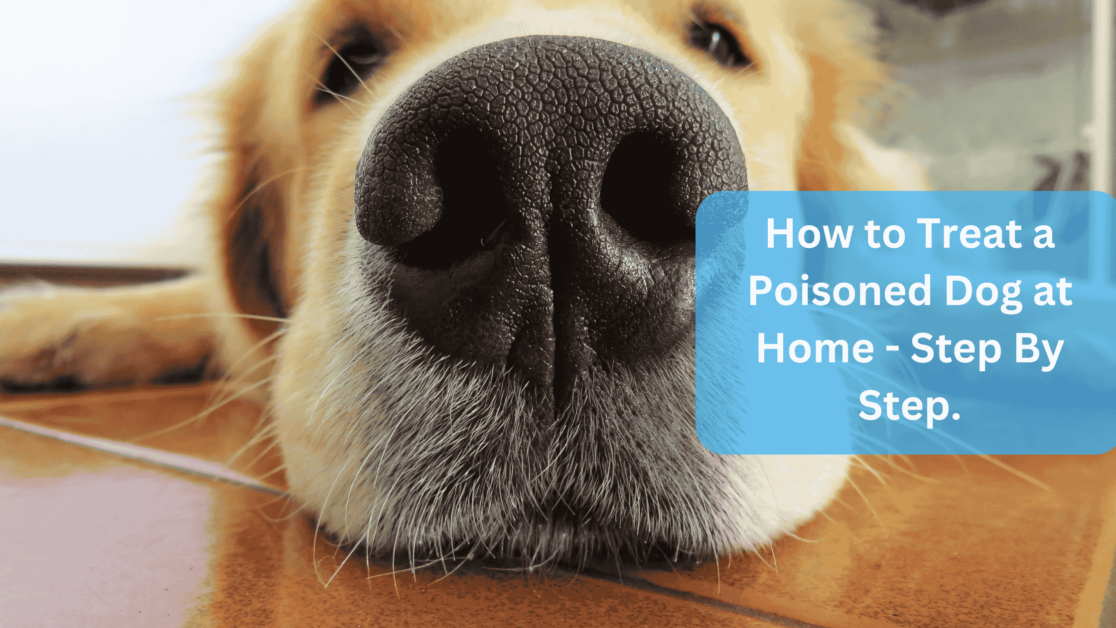Why Do Dogs Pant in the Car? Dogs are beloved companions, and many of us enjoy taking them along for car rides.
However, if you’ve ever noticed your dog panting while in the car, you may have wondered why this behavior occurs.
Understanding the reasons behind panting can help you ensure your dog is comfortable and safe during travel.
This article will delve into the various causes of panting in dogs, particularly in the context of car rides, and provide tips for managing this behavior effectively.
What is Panting?
Panting is a natural behavior in dogs that involves rapid, shallow breathing.
It serves several purposes, primarily regulating body temperature, but can also indicate emotional states such as excitement, anxiety, or distress.
Unlike humans, dogs do not sweat to cool down; instead, they rely on panting to help evaporate moisture from their lungs and mouth, which cools their body.
Reasons Why Do Dogs Pant in the Car?
Understanding why your dog pants in the car can help you address the issue effectively. Here are the primary reasons:
1. Heat Regulation
One of the most common reasons dogs pant is to regulate their body temperature. Dogs have a limited number of sweat glands, primarily located in their paw pads.
When they get hot, panting allows them to cool down by increasing airflow over their moist surfaces.
- Car Temperature: Cars can heat up quickly, even on mild days. If your dog is panting in the car, it may simply be too hot. Make sure the air conditioning is working, or open the windows to provide ventilation.
- Signs of Overheating: Be vigilant for signs of heatstroke, which can include excessive panting, drooling, and lethargy. If your dog shows these signs, it’s crucial to cool them down immediately and seek veterinary assistance if necessary.
2. Anxiety and Stress
For some dogs, car rides can be a source of anxiety. This is especially true if they associate the car with negative experiences, such as trips to the vet or being confined in a small space.
- Signs of Anxiety: Panting due to anxiety may be accompanied by other behaviors such as whining, excessive yawning, lip licking, or pacing. If your dog seems distressed, it’s essential to address their anxiety.
- Creating Positive Associations: To help alleviate anxiety, work on creating positive associations with car rides. Start with short trips and reward your dog with treats or praise when they remain calm.
3. Excitement
Conversely, some dogs pant when they are excited. If your dog is panting in anticipation of an adventure, such as a trip to the park, this is generally a normal response.
- Excitement vs. Anxiety: Excited panting tends to be lighter and more rapid compared to panting caused by stress. Observe your dog’s body language to differentiate between excitement and anxiety.
4. Pain or Discomfort
Excessive panting can also indicate pain or discomfort. If your dog is panting heavily and seems restless or unable to settle, it may be experiencing pain from an injury or underlying health issue.
- When to Seek Help: If your dog’s panting is accompanied by other symptoms such as vomiting, lethargy, or difficulty breathing, consult your veterinarian immediately.
5. Medical Conditions
Certain medical conditions can cause increased panting in dogs. These may include respiratory issues, heart problems, or hormonal disorders like Cushing’s disease.
- Regular Vet Check-ups: Regular veterinary check-ups can help identify any underlying health issues that may contribute to abnormal panting.
How to Manage Dog Panting in the Car
While panting can be a normal behavior, excessive panting in the car can be concerning. Here are some strategies to help manage your dog’s panting:
1. Keep the Car Comfortable
- Temperature Control: Ensure the car is at a comfortable temperature. Use air conditioning or open windows to provide adequate ventilation. Avoid leaving your dog in a parked car, as temperatures can rise rapidly and become dangerous.
- Comfort Items: Bring along your dog’s favorite blanket or toy to provide comfort during the ride. Familiar scents can help reduce anxiety.
2. Hydration
- Water Breaks: Make sure your dog stays hydrated during long car trips. Stop regularly to offer water and allow your dog to stretch their legs.
- Cooling Products: Consider using cooling mats or vests designed for dogs to help regulate their body temperature during travel.
3. Training and Desensitization
- Positive Reinforcement: Train your dog to associate car rides with positive experiences. Start with short trips and gradually increase the distance while rewarding calm behavior.
- Desensitization Techniques: Allow your dog to explore the car while it is parked. Gradually introduce them to the sounds and movements of the car by starting the engine and taking short drives.
4. Calming Aids
- Calming Supplements: Consult your veterinarian about calming supplements that can help reduce anxiety during car rides. These may include natural remedies or prescription medications.
- Anti-Anxiety Products: Consider using anxiety wraps or jackets designed to provide comfort and security to anxious dogs.
5. Monitor and Assess
- Observe Behavior: Pay close attention to your dog’s behavior during car rides. If you notice excessive panting or signs of distress, take action to address the underlying cause.
- Consult a Veterinarian: If your dog continues to pant excessively despite your efforts, consult your veterinarian for further evaluation and guidance.
Understanding the Context of Panting
To effectively address your dog’s panting, it’s essential to consider the context in which it occurs. Here are some factors to keep in mind:
1. Duration and Intensity
- Normal vs. Excessive Panting: Short bouts of panting during car rides are usually normal. However, if your dog is panting heavily for an extended period, it may indicate a problem that needs attention.
2. Environmental Factors
- Temperature and Humidity: High temperatures and humidity can exacerbate panting. Always ensure your dog is comfortable and cool during travel.
3. Individual Differences
- Breed Considerations: Certain breeds, particularly brachycephalic breeds (e.g., pugs, bulldogs), are more prone to panting due to their anatomical structure. Be mindful of their specific needs during car rides.
Also Read: What Is a Double Coated Dog? A Comprehensive Guide.
Also Read: Dog Car Sickness – A Comprehensive Guide
Conclusion
Panting is a natural behavior in dogs, serving various purposes from temperature regulation to emotional expression.
Understanding why your dog pants in the car is crucial for ensuring their comfort and safety during travel.
By addressing the underlying causes of panting and implementing effective management strategies, you can help your dog enjoy car rides without unnecessary stress or discomfort.
Whether your dog is panting due to heat, anxiety, excitement, or a medical condition, being proactive and attentive can make all the difference.
Always consult your veterinarian if you have concerns about your dog’s health or behavior, and remember to create a positive and comfortable environment for your furry friend during car journeys.
With the right approach, you and your dog can enjoy many happy adventures together on the road.
Sources:
- https://www.petmd.com/dog/general-health/why-do-dogs-pant
- https://www.dogstrust.org.uk/dog-advice/understanding-your-dog/panting
- https://www.preventivevet.com/dogs/preventing-travel-anxiety-and-carsickness-in-dogs
- https://betterpet.com/why-do-dogs-pant-in-the-car/
- https://www.akc.org/expert-advice/travel/teach-dog-ride-car-prevent-anxiety/
- https://www.ourcompanions.org/riding-in-cars-with-dogs/
- https://bondvet.com/b/dog-car-anxiety
